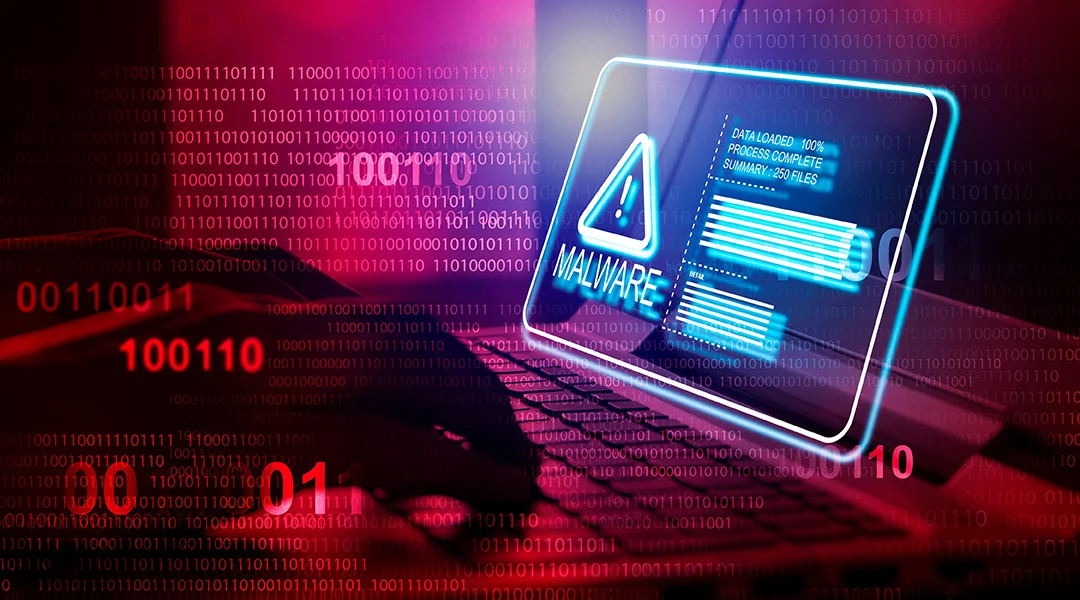As developers of enterprise level software, we know firsthand that cybersecurity has never been more important. From protecting our personal information to safeguarding sensitive business data, the need for robust cybersecurity measures has become paramount.
According to Mheda.org’s 2025 Material Handling Business Trends: “Heightened cybersecurity risks are impacting companies’ ability to safeguard sensitive data and to ensure customer trust, supply chain continuity and business stability”.
First in our series of cybersecurity articles, we will address the types of hackers and measures you can take to protect yourself.
Types of Hackers
Cybersecurity is the practice of protecting internet-connected systems such as hardware, software, and data from cyberthreats. Hackers are a major cybersecurity threat, who are people skilled in information technology that use various techniques to exploit digital vulnerabilities. Recognizable types of hackers are named with colored hats to differentiate based on their intentions and ethics. The use of colored hats to describe these different types comes from old Western movies, where the good characters often wore white hats, and bad ones wore black hats. In cybersecurity there are many hat colors, but here are the three types you need to know:-
- A black hat hacker maliciously searches for and exploits vulnerabilities in computer systems or networks, often using malware and other hacking techniques to do illegal harm.
-
- A white hat hacker is an ethical hacker hired to find vulnerabilities in software, hardware and networks. This job is done to protect and find vulnerabilities that black hats might find and target. They only hack networks when legally permitted to do so.
- A gray hat hacker is a mix of black and white hat hacking. They exploit security vulnerabilities without malicious intent but might use illegal methods to find flaws.
Important Security Measures
Tyler Backhaus, IT administrator for Matthews Automation’s Waukesha, Wisconsin location, has some suggestions to protect your email from being compromised. By implementing these security measures, you can significantly reduce the risk of unauthorized access to your sensitive information:- 1. Have very strong passwords that are not related to your life and are not easily remembered. Implement security measures like enabling multi factor authentication on your devices. Be aware of what you’re plugging into your devices – or where – and what you click on.
- 2. It only takes seconds for someone to make a phishing website and email. It’s worth a little of your time to verify the company sending the email and check to see if the email is registered with the company.
-
- 3. Check any suspicious links before clicking. You can preview the link to see where it directs or carefully read the link to see if there’s any misspellings or odd characters that stand out to you.
- 4. Make sure you’re aware of the correct link your company uses to change account passwords. If you didn’t try to reset your password or don’t recognize the link in a reset request email, do not click on it.
- 5. Be wary of fake wall links asking for your phone numbers and other information, they may be trying to commit SIM Swapping. This is a tactic were a device tied to a customer’s phone number is fraudulently manipulated. Fraudsters usually use SIM swapping to receive one-time security codes from banks, workplace accounts, and any other account that can give them important information or money.




